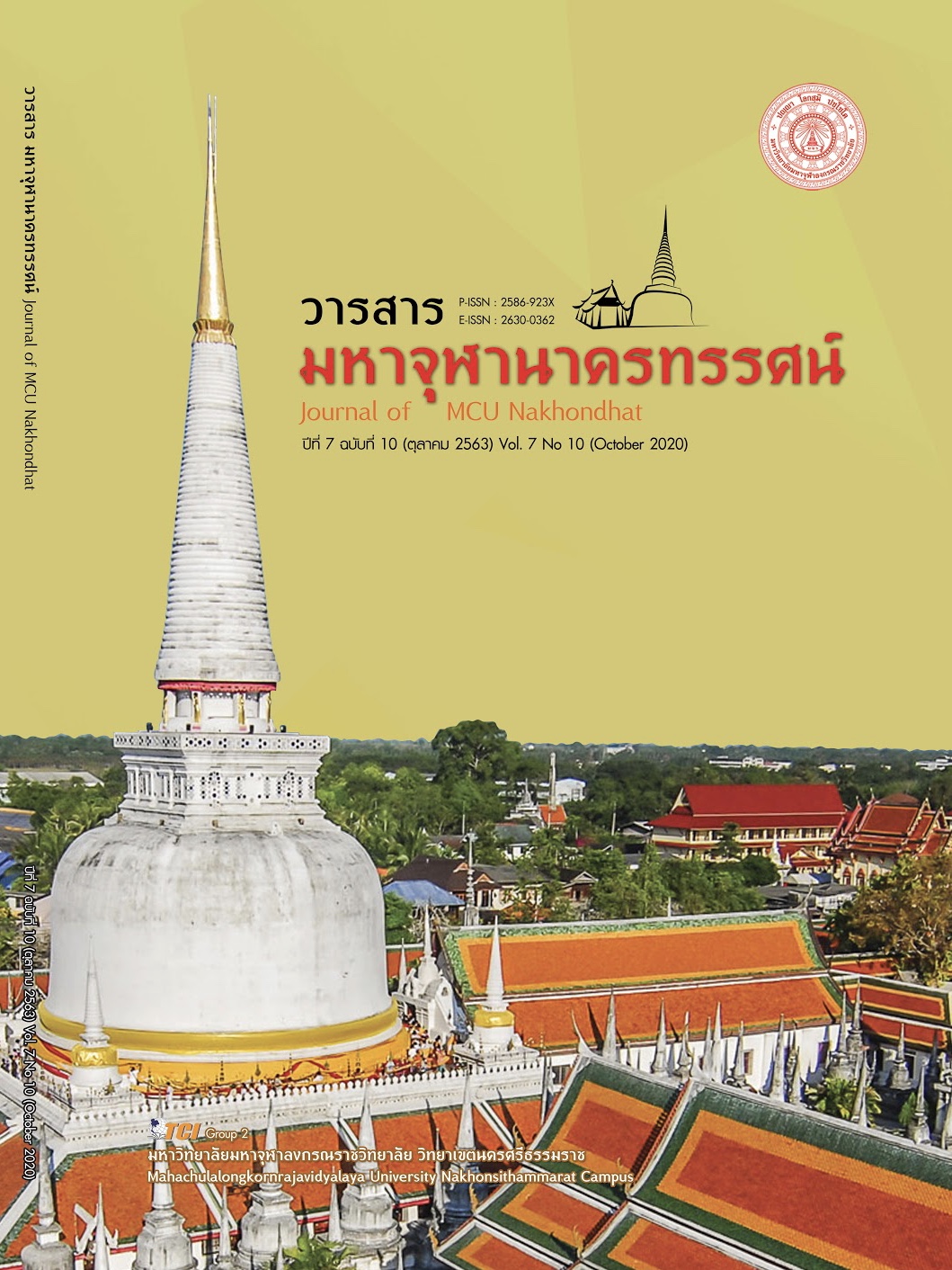SOCIAL MOVEMENT IN DIGITAL AGE
Main Article Content
Abstract
This article is about the concept of social movement and digital society, which is the tool used as media by people in order to demand for the social change in the direction they desire. The arising of digital society, especially online social media, really benefits the social movement since the communication through digital society is a two - way communication that allows the message receiver to be the message sender as well, therefore, the communication can be reached in wider scale. It promotes the social gathering and operation in performing a specific activity in a specific time in the virtual world. So, the social movement in various dimensions including political dimension, economic dimension, and social dimension, can happen mor easily than the social movement in the mass media age in the past. For the social movement in the digital age, the value, belief, and ideology of the important persons in social institute shall be considered. The consideration must also be performed on the social movement and behavior of members in the society in order to respond to mutual needs in various aspects and for the survival of the society. The patterns of various behaviors are consistent with the clear - cut social norm and with the cultures of the society. As a good digital citizen who lives in the society, learning and understanding the right and responsibility in social media is the basic important thing - learning in digital world including economic, social, and political opportunities, and cultures, leading to the public voice that makes it possible for the local people to have an opportunity to speak up their opinions and stories.
Article Details
References
ไชยรัตน์ เจริญสินโอฬาร. (2542). วาทกรรมการพัฒนา: อำนาจ ความรู้ ความจริง เอกลักษณ์และความเป็นอื่น. กรุงเทพมหานคร: วิภาษา.
ประภาส ปิ่นตบแต่ง. (2552). กรอบการวิเคราะห์การเมืองแบบทฤษฎีขบวนการทางสังคม. กรุงเทพมหานคร: มูลนิธิไฮน์ริค เบิลล์ สำนักงานภูมิภาคเอเชียตะวันออกเฉียงใต้.
พุธิตา ชัยอนันต์. (2563). อินเทอร์เน็ตกับการเคลื่อนไหวทางการเมือง. เรียกใช้เมื่อ 25 พฤษภาคม 2563 จาก https: //natchapblog.wordpress.com/
ภาณุภัทร จิตเที่ยง. (2563). เหรียญสองด้านของขบวนการเคลื่อนไหวทางสังคม เจาะลึก Social. เรียกใช้เมื่อ 25 พฤษภาคม 2563 จาก https: //thematter.co/social/two-side-of-social-movement/41000.
Aberle, David F. (1966). The Peyote Religion among the Navaho. Chicago: Aldine.
Blumer, Herbert. (1969). Collective Behavior. Principles of Sociology. New York: Barnes and Noble.
Charles Tilly. (1978). From Mobilization to Revolution. New York: Routledge.
Cheangsan, U. (2013). History of Kanmuang Phak Prachachon (people's politics): the ideasand practices of political activists in the present. Bangkok: Thammasat University.
Gail Omvedt. (1993). Reinventing Revolution: New Social Movements in South Asia. New York: Routledge.
Geoffrey Pleyers & Marlies Glasius. (2011). Post - 2011 Movements: Democracy, Social Justice, Dignity. Development and Change, 44(3), 547-567.
Gunder, Frank A. & Fuentes, M. (1989). Ten Theses on Social Movements. World Development, 17(2),179-191.
Habermas, J. (1981). New Social Movement. Telos, 49(2), 33-37.
Kornhauser, W. (1959). The Politics of Mass Society. New York: The Free Press.
Lyman, Ford M. (1995). Social Movement: Critics, Concepts, Case Studies. London: Macmillan.
Michael Hardt & Antonio Negri. (2000). Empire. Cambridge, MA, USA: Harvard University Press.
Turner, Ralph H. & Killian, Lewis M. (1957). Collective Behavior. Englewood Cliffs, NJ.: PrenticeHall.


